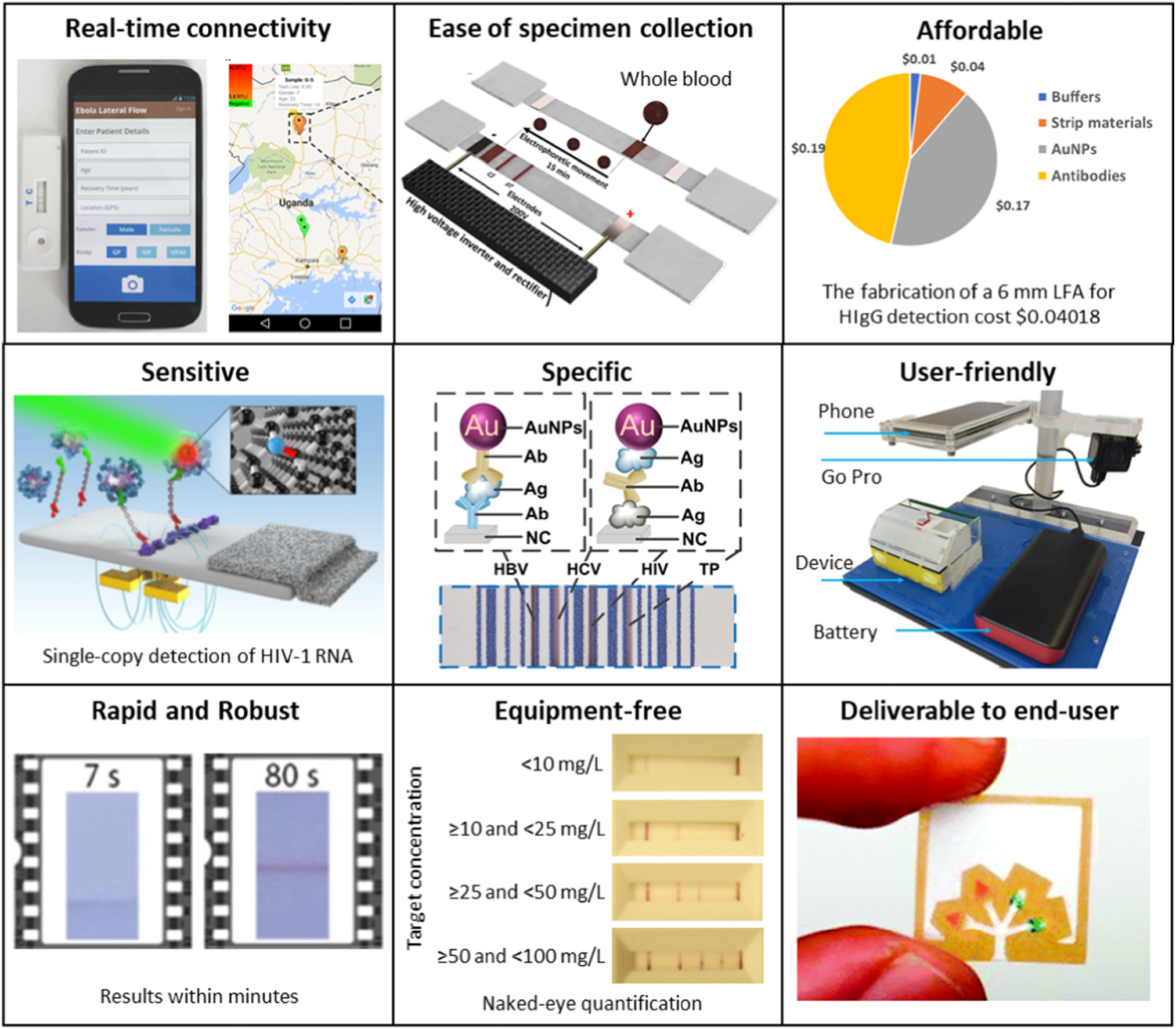Thursday, 19 May 2022
Can paper-based biosensors provide reliable and affordable cancer diagnostics?
A review published in 'Trends in Chemistry' analyses the challenges to be faced to develop precise, specific and low-cost biosensors for point-of-care diagnostics of cancer, which would have a great impact on therapy effectiveness and cost containment, in particular in settings where access to advanced technologies and laboratories is difficult. This work, coordinated by ICREA Prof. Arben Merkoçi, was carried out by members of the ICN2 Nanobioelectronics and Biosensors groups and other international centres.

Thanks to the introduction of new treatments, the mortality rate from malignant tumours has been gradually decreasing over the past two decades and the quality of life of cancer patients has improved. Nevertheless, early diagnosis continues to be key to both successful treatment and therapy cost containment –since therapies for advanced-stage tumours are generally more expensive. This is even more crucial in low- and middle-income countries, where access to advanced treatments is extremely difficult. In this light, a renewed need to develop more accurate, cheaper and portable diagnostic techniques emerges.
Currently, cancer diagnostics relies mainly on advanced imaging techniques and laboratory-based tests, which are neither low-cost nor adaptable to environments lacking medical facilities. In addition, even though sufficiently reliable, they do not always allow a precise identification of the type and stage of the observed cancer. Point-of-care (PoC) biosensing platforms, which would detect both qualitatively and quantitatively various biomarkers related to the disease and its stage of evolution, would revolutionize cancer diagnostics, with a dramatic impact on medical costs, particularly in countries with fewer resources.
Paper-based biosensors are promising candidates for point-of-care diagnostic devices, since they combine excellent analytical performance with economic and environmental affordability, as highlighted in a review recently published in Trends in Chemistry. This article, authored by current and former members of the ICN2 Nanobioelectronics and Biosensors Group –led by ICREA Prof. Arben Merkoçi— in collaboration with BioMark@UC -University of Coimbra (Portugal), CEB-University of Minho (Braga, Portugal), and the Barcelona Institute for Research in Biomedicine (IRB, Spain), discusses the requirements for a reliable cancer diagnostic device and the challenges that developing a portable and cheap platform meeting such needs implies. The authors point out the advantages of paper-based biosensors in relation to these requirements and provide an overview of recent advances in PoC applying such sensors, which have been enabled mainly by progress in nanotechnology.
For a biosensor to be optimal for PoC applications, it has to adhere to the so-called REASSURED criteria (established for infectious diseases in a paper by Land, K.J. et al.)–i.e. Real-time connectivity, Ease of specimen collection, Affordable, Sensitive, Specific, User-friendly, Rapid and robust, Equipment-free, and Deliverable to end-users—, which are quite demanding. The complexity and variety of cancer tissues, as well as the unique evolution of the disease in different organs and patients, require an effective diagnostic technique to detect simultaneously and in a quantitative way multiple biomarkers (which are not always exclusive to a specific pathology and vary at different stages of the disease), providing very high sensitivity and specificity.
Paper-based biosensors present several assets in this context, as proved by recent works summarised in the review. Further developments, though, are required, in particular to improve their usability in non-clinical settings. This will facilitate screening in low- and middle-income countries. However, as the authors highlight, even if future cancer diagnostic devices meet the REASSURED criteria, most likely trained oncologists will still be needed to analyse the outcome, make a precise diagnosis and determine the appropriate therapy. This means that an adequate socio-economic framework must be established for a cancer diagnostic campaign to be meaningful and cost-effective.
Reference article:
Claudia Pereira, Claudio Parolo, Andrea Idili, Roger R. Gomis, Lígia Rodrigues, Goreti Sales, Arben Merkoçi, Paper-based biosensors for cancer diagnostics. Trends in Chemistry, Volume 4, Issue 6 (554-567), 2022. DOI: 10.1016/j.trechm.2022.03.005.

